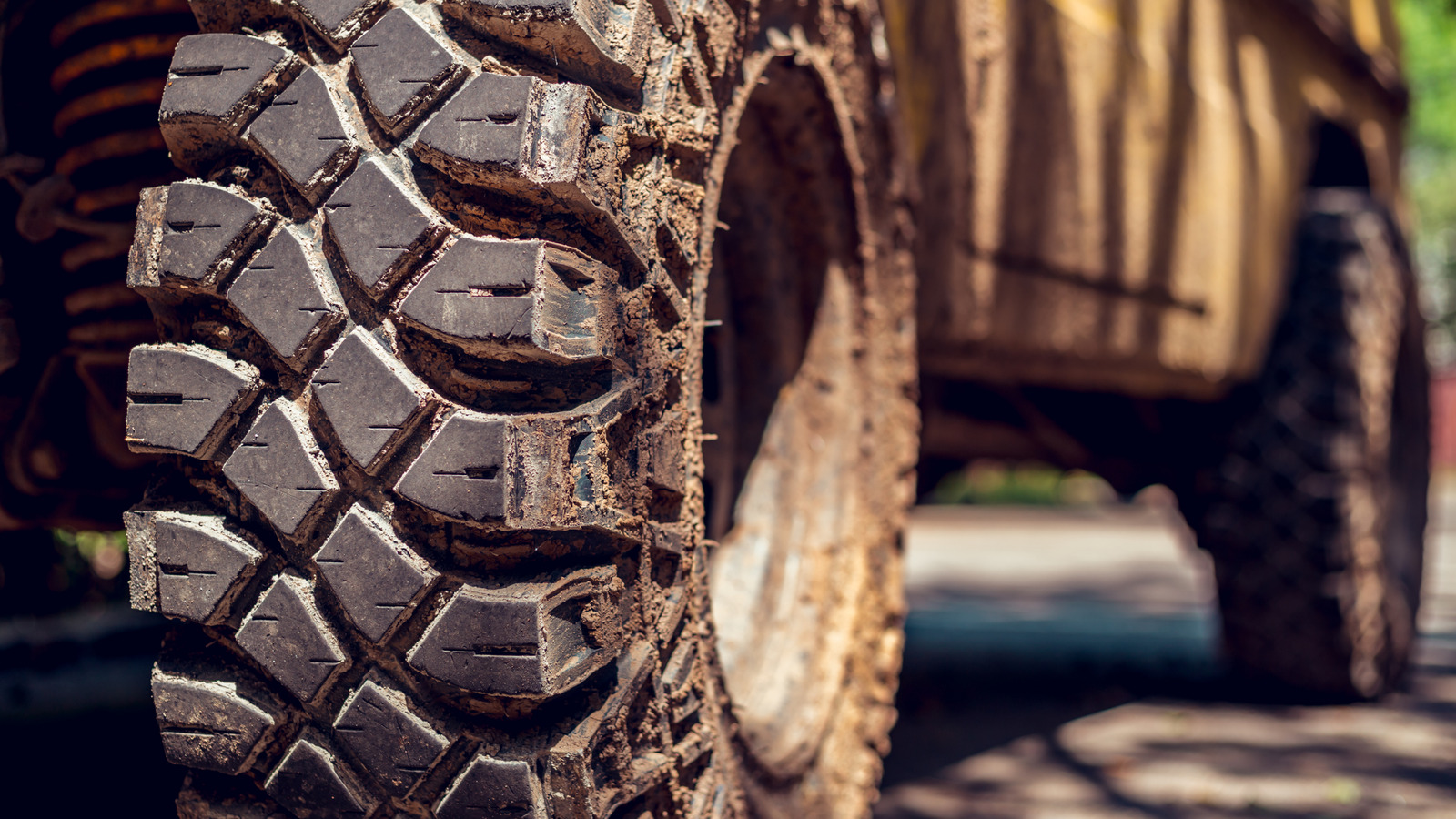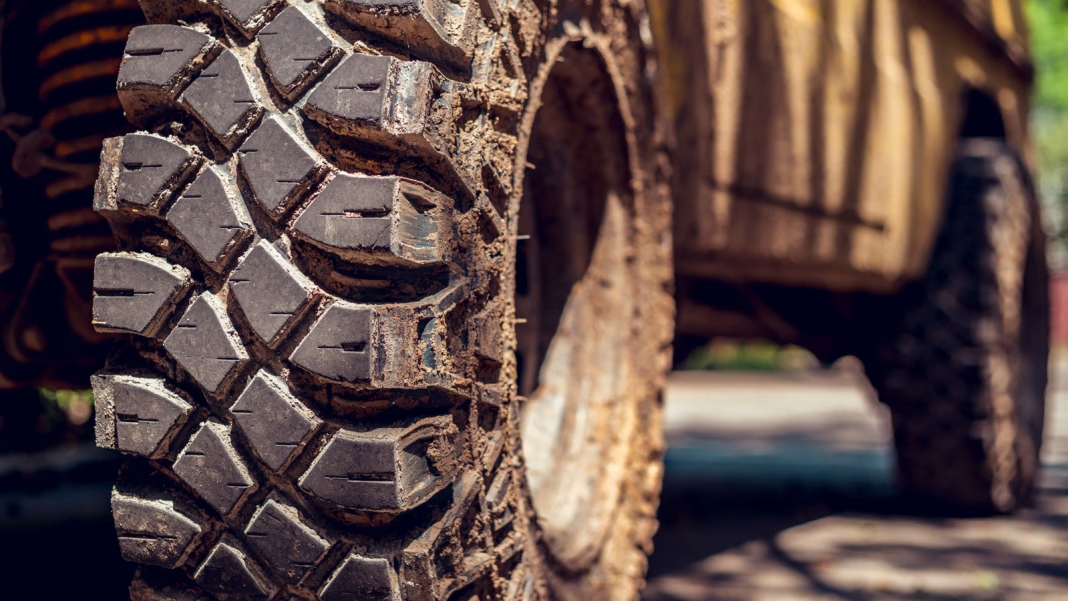Which Tire Handles Muddy Trails Better?
If you’ve ever found yourself staring at a set of deep ruts after a rainstorm and wondering if your tires are up for the challenge, you’re not alone. The real question is, do you need mud terrain tires, or will all-terrain tires get the job done? Here’s the deal: mud terrain tires are specifically designed for the thick, sticky stuff. Their aggressive tread patterns, with wide gaps and chunky lugs, are built to dig in and sling mud away from the tire. This self-cleaning action helps maintain traction even when things get messy.
All-terrain tires, on the other hand, are more of a jack-of-all-trades. They’ll handle a muddy trail better than standard highway tires, but their tread is less aggressive. That means they can clog up faster in deep mud, leaving you spinning your wheels. According to a 2023 report from Tire Review Magazine, vehicles equipped with mud terrain tires saw a 30% improvement in traction on muddy surfaces compared to those with all-terrain tires. So if your weekends involve a lot of mud, the specialized option is hard to beat.
How Do These Tires Perform on Pavement?
Let’s be honest—most of us spend more time on pavement than off it. This is where all-terrain tires shine. Their tread design strikes a balance between off-road grip and on-road comfort. You’ll notice less road noise, smoother handling, and better fuel efficiency compared to mud terrain tires. Mud terrains, with their blocky treads, tend to hum or roar at highway speeds. Not exactly music to your ears on a long drive.
Safety is another factor. All-terrain tires generally offer shorter braking distances and better wet-weather performance on paved roads. The U.S. Department of Transportation recommends all-terrain tires for drivers who split their time between city streets and the occasional trail, citing improved control and reduced hydroplaning risk.
What About Longevity and Maintenance?
Tire life matters—nobody wants to shell out for new rubber every year. Mud terrain tires, due to their softer compounds and aggressive tread, tend to wear out faster on pavement. Expect around 30,000 to 40,000 miles if you’re mostly on the road. All-terrain tires, meanwhile, can last 50,000 miles or more with proper rotation and care.
Rotating your tires every 5,000 to 7,000 miles helps even out wear, especially if you’re mixing highway and off-road use. And don’t forget to check your tire pressure regularly—underinflated tires wear faster and can hurt your fuel economy.
Is One Type Better for Snow and Ice?
Here’s where things get interesting. While mud terrain tires look tough, their wide gaps and stiff rubber aren’t ideal for snow and ice. They can struggle to find grip in slick winter conditions. All-terrain tires, especially those with the Three-Peak Mountain Snowflake (3PMSF) symbol, are designed to handle light to moderate snow. Their sipes (tiny slits in the tread) help bite into icy surfaces, giving you more control when the temperature drops.
If you live in a region with harsh winters, you might want to keep a dedicated set of winter tires handy. But for most folks, a quality all-terrain tire with snow certification will get you through the season safely.
How Should You Choose for Your Driving Style?
Think about where you drive most. If you’re tackling rocky trails, deep mud, or loose sand every weekend, mud terrain tires are your best friend. They’re built for extremes and can handle abuse that would shred a standard tire. But if your adventures are a mix of daily commutes, gravel roads, and the occasional camping trip, all-terrain tires offer a smoother, quieter ride without sacrificing too much off-road capability.
Budget plays a role too. Mud terrain tires often come with a higher price tag—not just at purchase, but over time due to faster wear and higher fuel consumption. All-terrain tires are more affordable in the long run for most drivers.
The Big Takeaway
Choosing between mud terrain and all-terrain tires isn’t about perfection—it’s about smarter adjustments. Start with one change this week, whether it’s checking your tire pressure or rotating your set, and you’ll likely spot the difference by month’s end. The right tire can turn a white-knuckle drive into pure magic, no matter where the road—or trail—takes you.


